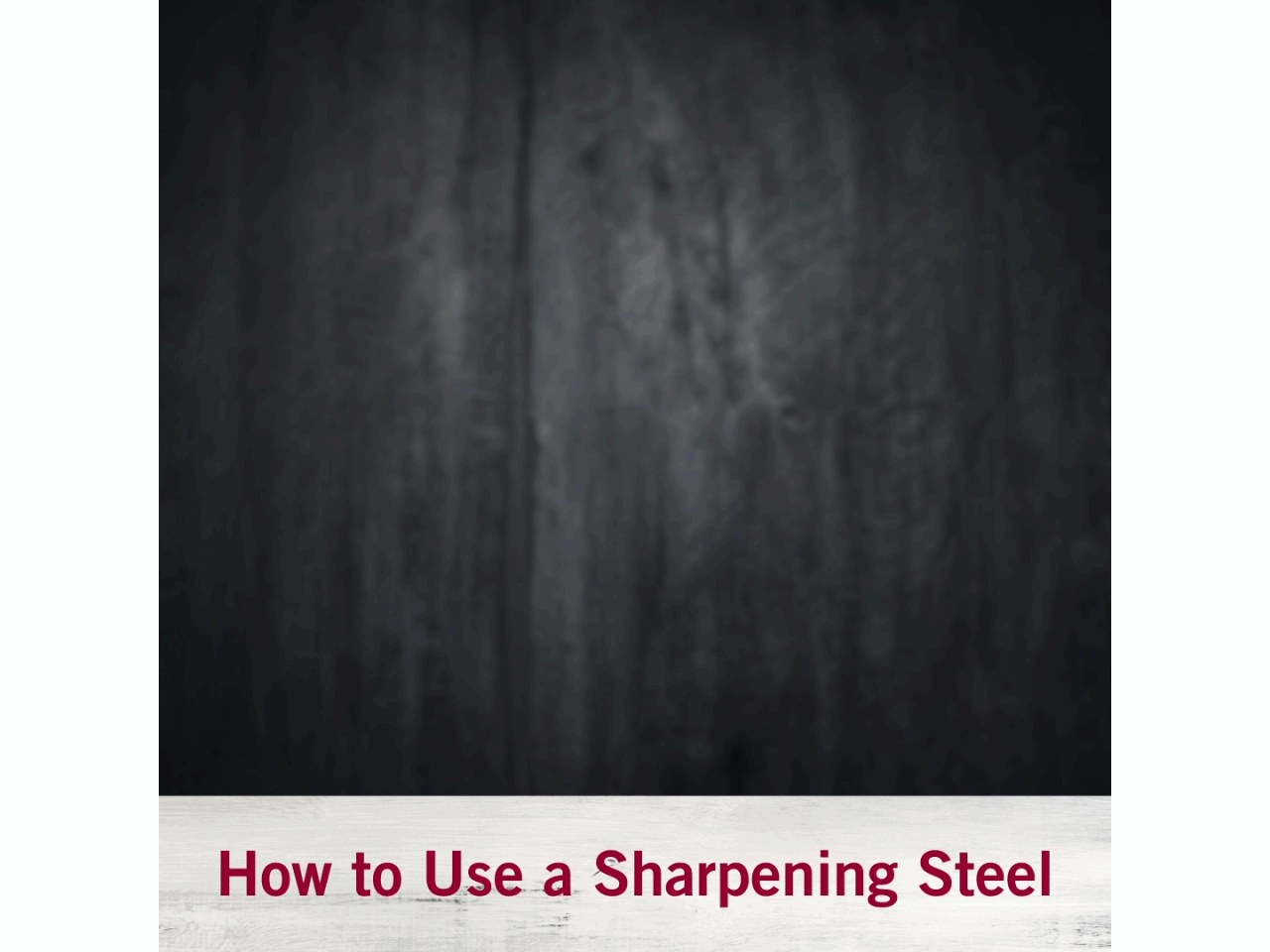How to sharpen and clean your kitchen knife
learn how to take care of your knives with our tips and tricks, which will help you to keep up precision and safety level







6 tips on how to clean a knife
1. Wash immediately
It’s much easier to clean the blade if you wash your knife straight after using it, before food can harden and stick to the blade. Citrus fruit, tomatoes and onions can all leave an acidic residue which can damage the blade if left for longer periods.
2. Don’t put your big knives in the dishwasher
Wet conditions and chemicals in dishwasher soap can harm your blade as well as the handle – especially wooden handles. The dishwasher sprays water in rhythmic cycles which cause the blade to bump against other dishes or the dishwasher rack itself. This simulates hundreds of cuts and can dull the blade.
If the dishwasher ever starts to rust, the rust will automatically and continually contaminate the water, which in turn creates the risk that rust might also affect knives and cutlery as well. Tip: Place a piece of tinfoil in the cutlery basket. This neutralizes the effect of the rust in the dishwashing water.
3. Clean by hand
The best way to clean a blade is actually by hand. Just hold it under cold running water and rub the blade with your fingers, without touching the sharp edge. You can also use a towel or a sponge but make sure they are clean so they don’t scratch the blade’s metal surface.
4. Keep calm and stay safe
Knives are sharp so you should always keep your calm when handling a knife, even if you are only cleaning it. It’s best to hold the knife blade parallel to the sink so you can see the whole surface of the blade and keep the sharp edge in direct sight.
5. Use water
A knife blade is perfectly polished so that nothing should stick to it. Foods scraps can be washed off with running water and some light scrubbing. The only exception is greasy food – use a small amount of soap to wash off oily residues.
6. Dry immediately
Don’t let your knives air dry as this can result in limescale spots on the blade. Instead, use a cotton or linen towel to dry the knife immediately after washing. Make sure your towel is clean so as not to scratch or harm the blade.
